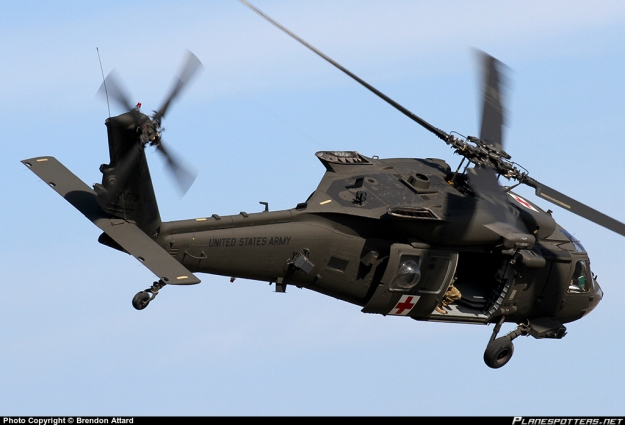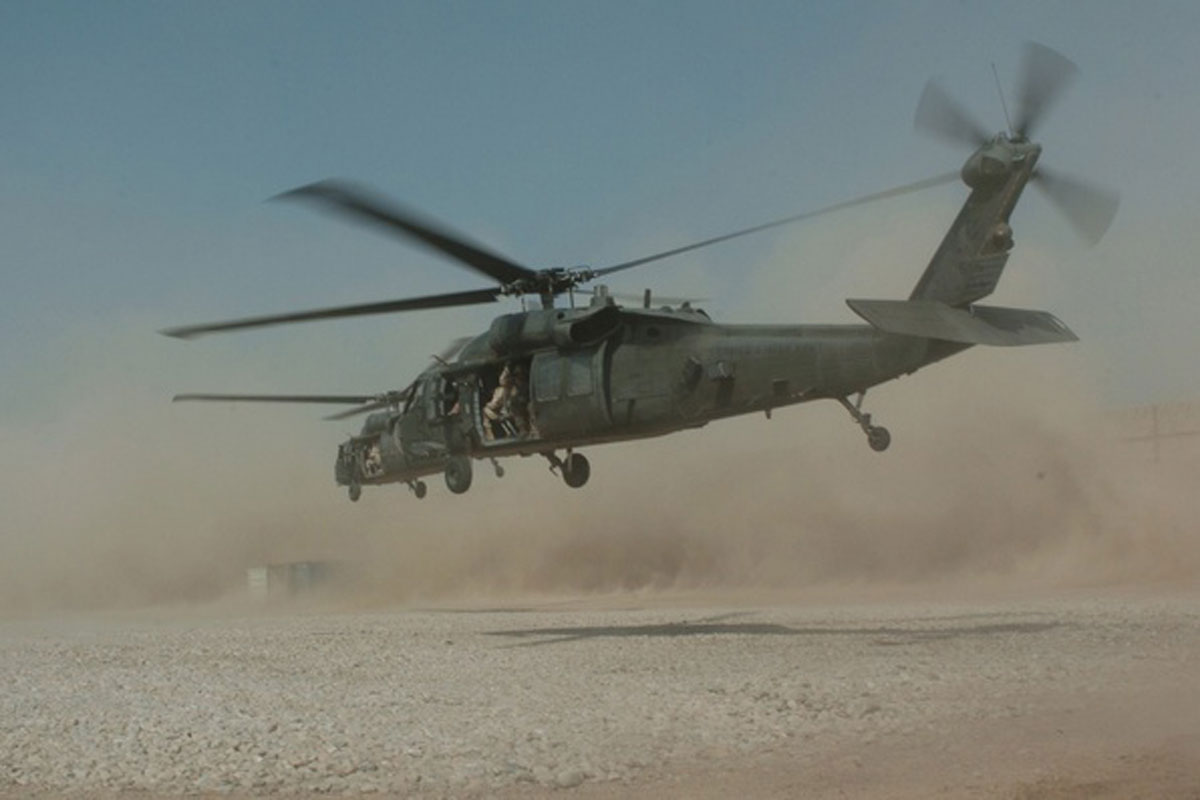Browsing Uh 60 Helicopter Laws and Conformity Requirements

Regulatory Structure Summary
The regulative framework governing UH-60 helicopter operations encompasses a facility collection of policies and requirements developed by air travel authorities. These policies are made to make certain the effective and risk-free operation of UH-60 helicopters in various atmospheres. The Federal Air Travel Administration (FAA) plays a central role in developing and applying these policies, which cover a large range of functional facets, including airworthiness requirements, pilot qualifications, upkeep demands, and operational procedures.
Conformity with these policies is crucial for helicopter drivers to preserve the highest levels of security and operational integrity. Failure to follow these regulations can lead to significant consequences, including crashes, injuries, and governing assents. Helicopter operators have to stay informed about the most recent regulatory developments and make sure that their procedures are in full compliance with all applicable regulations and standards.
Airworthiness Instructions and Assessments
Among the regulatory structure regulating UH-60 helicopter operations, a critical emphasis pushes conformity with Airworthiness Directives and carrying out thorough evaluations to promote safety and security requirements and operational dependability. Airworthiness Directives (Advertisements) are provided by aviation authorities to deal with unsafe conditions in aircraft, consisting of the UH-60 helicopter, and required specific activities to be taken by operators or owners. Conformity with Advertisements is required, and failure to stick to these directives can result in significant consequences, consisting of grounding of the airplane.
Regular assessments are vital to guaranteeing the airworthiness of UH-60 helicopters. By adhering to a rigorous examination routine, drivers can detect and deal with potential concerns promptly, thereby boosting the security and reliability of UH-60 helicopter operations.
Pilot Qualifications and Training

Pilot training for UH-60 helicopters is extensive and covers a vast array of subjects, consisting of aircraft systems, emergency situation procedures, navigating, and mission-specific training. Furthermore, pilots undergo simulator training to exercise numerous emergency situation situations in a controlled atmosphere. This training helps pilots establish the needed skills to manage tough situations successfully.


Furthermore, ongoing training and professional advancement are necessary for UH-60 pilots to stay current with the most current guidelines, innovation, and ideal techniques. By investing in pilot credentials and training, drivers can boost safety, optimize efficiency, and make certain conformity with regulative requirements in the operation of UH-60 helicopters.
Operational Limitations and Demands
Pilot qualifications and training offer as the foundation for recognizing the operational limitations and requirements connected read here with UH-60 helicopter procedures (uh 60). These operational restrictions are put in location to ensure the safety of the staff, travelers, and the airplane itself. Operational constraints might include variables such as weather, weight limitations, altitude restrictions, and functional boundaries. It is important for pilots to be skilled in these restrictions to make educated choices throughout trip operations. Furthermore, compliance demands, such as sticking to details flight paths, communication protocols, and emergency treatments, are vital for preserving functional safety and regulative compliance. Pilots should remain current with all operational limitations and needs via normal training, briefings, and reviews to alleviate dangers and make certain safe and effective UH-60 helicopter operations. By focusing on adherence to these operational standards, pilots can improve the general safety and efficiency of their missions while maintaining regulative requirements.
Emergency Treatments and Conformity Testing
Efficient emergency treatments and detailed compliance testing are vital components of keeping operational security and governing adherence in UH-60 helicopter procedures. Emergency situation procedures incorporate methods for numerous circumstances, including engine failures, fires, hydraulic issues, and a lot more. Pilots and crew participants must be skilled in these procedures to respond swiftly and efficiently in emergencies. Routine compliance testing makes certain that the helicopter meets all governing needs set forth by aviation authorities. This testing involves extensive assessments, checks, and assessments to confirm that the aircraft is airworthy and in compliance with all relevant regulations.
Compliance testing additionally prolongs to devices onboard the UH-60, such as communication systems, navigation instruments, and safety and security equipment. Making certain that all devices is operating correctly and meets governing standards is important for safe operations. Additionally, compliance screening may entail simulations of emergency circumstances to analyze the staff's action and the helicopter's performance under tension. By focusing on emergency situation treatments and conformity testing, UH-60 operators can mitigate risks and show their you could try this out dedication to safety and governing conformity.
Conclusion
To conclude, adherence to governing structure, conformity with airworthiness instructions, pilot about his certifications and training, functional limitations, and emergency procedures are vital for browsing the guidelines and demands of operating a UH-60 helicopter. uh 60. It is critical for operators to prioritize security and make sure complete compliance with all suitable policies to maintain the airworthiness and operational stability of the airplane
Navigating the regulatory landscape bordering UH-60 helicopter operations demands a nuanced understanding of the complex web of guidelines and conformity demands.Conformity with these guidelines is crucial for helicopter drivers to keep the greatest levels of safety and operational integrity.Amidst the regulative structure regulating UH-60 helicopter procedures, a vital emphasis exists on compliance with Airworthiness Directives and carrying out comprehensive evaluations to support security criteria and functional reliability.Effective emergency treatments and detailed compliance testing are essential components of maintaining functional safety and security and regulatory adherence in UH-60 helicopter operations. Normal conformity screening makes certain that the helicopter meets all governing demands established forth by air travel authorities.